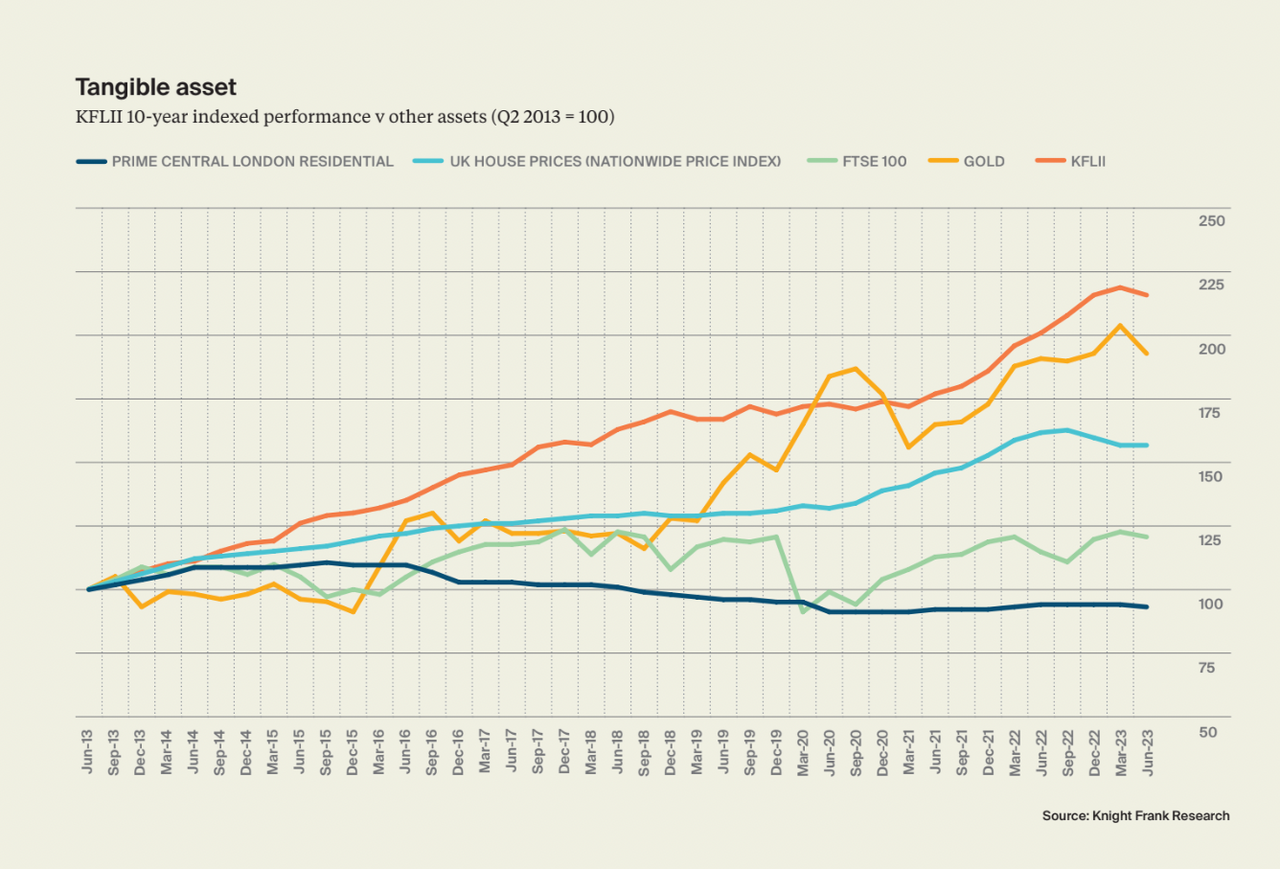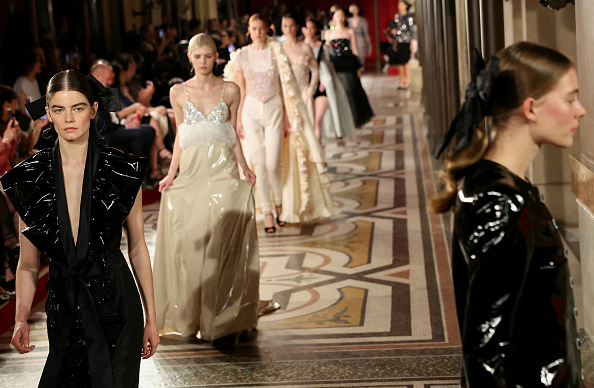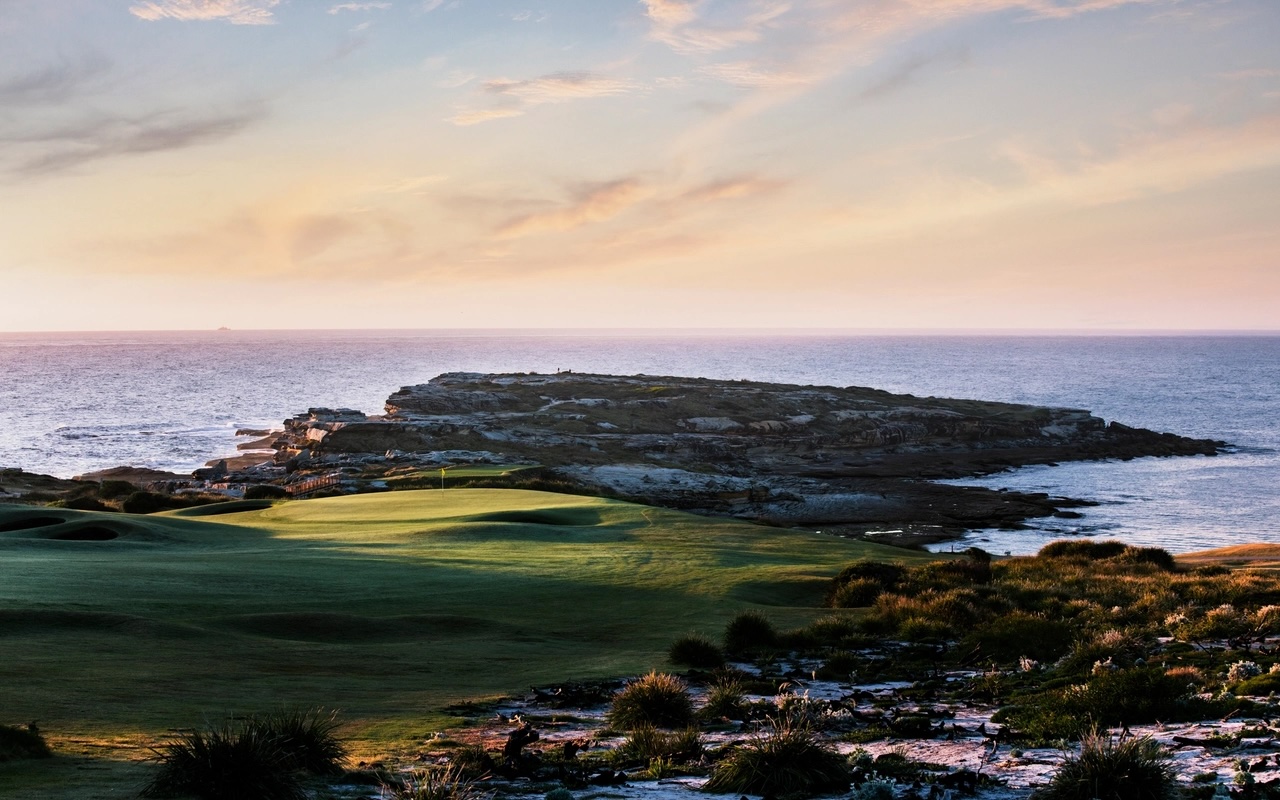From Handbags to Classic Cars—the Value of Collectibles Is up 7% Annually
Novice collectors should focus their investing efforts on what brings them happiness amid wider economic uncertainty and unpredictable returns, according to Knight Frank’s Luxury Investment Index, released Tuesday.
The index—which tracks 10 luxury collectibles: art, watches, jewellery, coins, wine, classic cars, coloured diamonds, handbags, furniture, and rare whisky—found that as a whole, the value of these collectibles rose 7% in the 12 months to the end of June.
While that outpaces the returns on some other assets, including prime property in central London (down 1% over the same time), the FTSE 100 Index (up by 5%), and gold (up 1%), it was the weakest annual performance for collectibles since the second quarter of 2021, Knight Frank said.
“Economic uncertainty and higher interest rates will cast a long shadow on luxury collectibles,” said Knight Frank’s Andrew Shirley, editor of the index. “Novice collectors should focus on what brings them joy, perhaps that’s more important now that value appreciation is far from guaranteed in these asset classes.”

Art topped the index by a long shot, growing in value by 30% in the year through the end of June, according to Art Market Research’s (AMR) All Art index, which uses data from auction sales worldwide.
However, those gains may have already peaked.
“The auction season’s spring sales are the first measure of market confidence and recent results suggest growth is already starting to slow,” AMR’s Sebastien Duthy said.
Following art, watches (10%), and jewellery (10%) rounded out the top-three best-performing collectibles of the past year.
Rare bottles of whisky were the only asset in the index to see values drop in the short term—down 4%—but collectible tipples ranked as the strongest 10-year performer, with prices rising 322% over the last decade.
“Bottles of rare whisky have had a far more sedate time from a performance perspective over the past three years,” industry consultant Andy Simpson, of Rare Whisky 101, said in the report. “Higher value (more than £5,000 (US$6,370)) bottles have re-traced recently due to a myriad of geo-political, social, and economic reasons.”
 Copyright 2020, Dow Jones & Company, Inc. All Rights Reserved Worldwide. LEARN MORE
Copyright 2020, Dow Jones & Company, Inc. All Rights Reserved Worldwide. LEARN MORE
This stylish family home combines a classic palette and finishes with a flexible floorplan
Just 55 minutes from Sydney, make this your creative getaway located in the majestic Hawkesbury region.
Continued stagflation and cost of living pressures are causing couples to think twice about starting a family, new data has revealed, with long term impacts expected
Australia is in the midst of a ‘baby recession’ with preliminary estimates showing the number of births in 2023 fell by more than four percent to the lowest level since 2006, according to KPMG. The consultancy firm says this reflects the impact of cost-of-living pressures on the feasibility of younger Australians starting a family.
KPMG estimates that 289,100 babies were born in 2023. This compares to 300,684 babies in 2022 and 309,996 in 2021, according to the Australian Bureau of Statistics (ABS). KPMG urban economist Terry Rawnsley said weak economic growth often leads to a reduced number of births. In 2023, ABS data shows gross domestic product (GDP) fell to 1.5 percent. Despite the population growing by 2.5 percent in 2023, GDP on a per capita basis went into negative territory, down one percent over the 12 months.
“Birth rates provide insight into long-term population growth as well as the current confidence of Australian families,” said Mr Rawnsley. “We haven’t seen such a sharp drop in births in Australia since the period of economic stagflation in the 1970s, which coincided with the initial widespread adoption of the contraceptive pill.”
Mr Rawnsley said many Australian couples delayed starting a family while the pandemic played out in 2020. The number of births fell from 305,832 in 2019 to 294,369 in 2020. Then in 2021, strong employment and vast amounts of stimulus money, along with high household savings due to lockdowns, gave couples better financial means to have a baby. This led to a rebound in births.
However, the re-opening of the global economy in 2022 led to soaring inflation. By the start of 2023, the Australian consumer price index (CPI) had risen to its highest level since 1990 at 7.8 percent per annum. By that stage, the Reserve Bank had already commenced an aggressive rate-hiking strategy to fight inflation and had raised the cash rate every month between May and December 2022.
Five more rate hikes during 2023 put further pressure on couples with mortgages and put the brakes on family formation. “This combination of the pandemic and rapid economic changes explains the spike and subsequent sharp decline in birth rates we have observed over the past four years,” Mr Rawnsley said.
The impact of high costs of living on couples’ decision to have a baby is highlighted in births data for the capital cities. KPMG estimates there were 60,860 births in Sydney in 2023, down 8.6 percent from 2019. There were 56,270 births in Melbourne, down 7.3 percent. In Perth, there were 25,020 births, down 6 percent, while in Brisbane there were 30,250 births, down 4.3 percent. Canberra was the only capital city where there was no fall in the number of births in 2023 compared to 2019.
“CPI growth in Canberra has been slightly subdued compared to that in other major cities, and the economic outlook has remained strong,” Mr Rawnsley said. “This means families have not been hurting as much as those in other capital cities, and in turn, we’ve seen a stabilisation of births in the ACT.”
This stylish family home combines a classic palette and finishes with a flexible floorplan
Just 55 minutes from Sydney, make this your creative getaway located in the majestic Hawkesbury region.






















